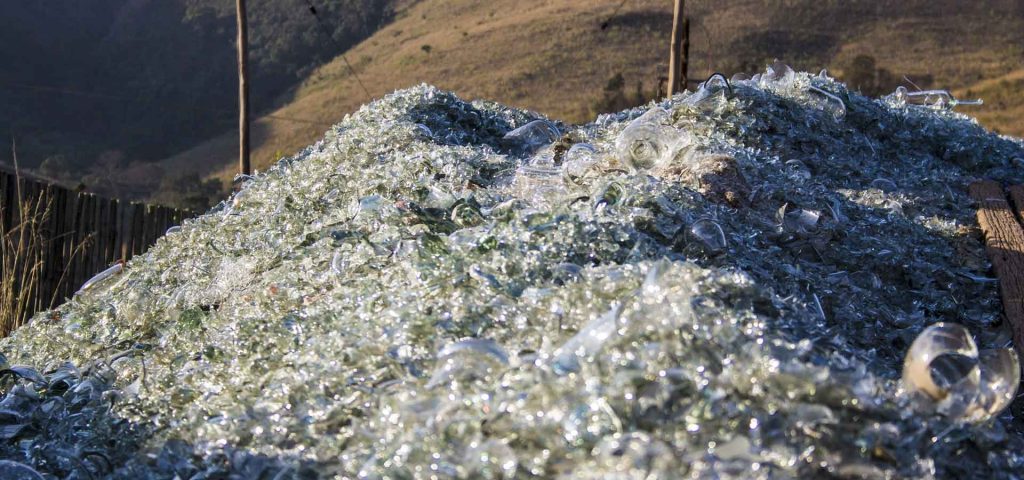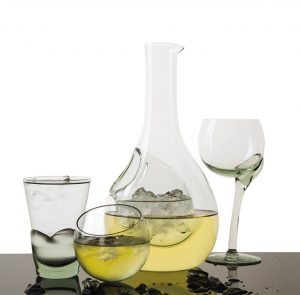Beating Climate change one step at a time
Your “Carbon Handprint” is your contribution to the environment. If we think of your Carbon Footprint as the negative impact you have on the planet, your Handprint is a record of the positive steps you take.
Carbon Handprinting is not a replacement for Carbon Footprints, or an attempt to ignore the vast amount of work to be done; rather it is a tool for us to engage the public on a different level.
This is how Ngwenya Glass is using this concept and adding to the move to protect our environment:
Annually –
We recycle around 100 tonnes of broken bottles.
Burn around 120 000 litres of old cooking oil (mainly KFC) in our furnace to melt the glass at 1250 degC
We use around 19 tonnes of old newspapers, for shaping the molten glass and for packaging our finished products
Catch and store 60 000 litres of rain water, at any one time, used in our production and toilets
Produce around 110 Mwh (Mega Watt hours) of electricity from our solar installation, avoiding around 75 tonnes of CO2 emmissions
And weekly – Starting in November 2019, instead of offering Black Friday specials on our products, we implemented a Black Bag Friday, every Friday morning we take some of our staff and do a roadside clean up in our area. Most weeks we collect around 40 bags of trash, keeping this out of our rivers and veld.
Our mission is to spread this concept to all parts of Eswatini, and in the process educate the general public about the hazards of littering.
For more and more people, the question is how can I help?
Plan
What is your biggest impact on the environment?
Perhaps it is your commute to work or school, or the packaging that your weekly shop comes in.
You don’t need to give up travelling or eating to make simple changes that make a big difference.
Reuse
Reducing consumption is the easiest way to help the environment
Less waste means less harmful landfill and less fuel and energy is used to transport it. Consider keeping plastic packaging to use again, and always think about the “food miles” of what you buy – the shorter the distance the better for the environment (and often the more delicious it is too).
Recycle
Waste of any type has a devastating impact on the natural environment.
When waste goes into landfill it harms habitats and releases harmful chemicals and greenhouse gasses into the atmosphere. It is generally cheaper in terms of money and energy to recycle key materials like plastic, glass and some metal.
Communicate
Share your experiences!
Whether from the exercise you get by reducing a commute, or the new and interesting meals you discover when you vary your shopping, your Carbon Handprint can be measured by positive experiences just as much as it can the amount of greenhouse gases saved. Share it with your friends – helping the environment should be fun and inclusive!
Share your inspirational stories – get in touch.
CarbonHandprint.org was developed a decade ago as a website which anybody could use to record their achievements or promises for the environment.




